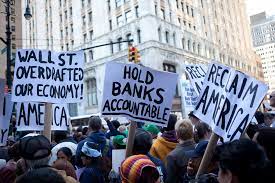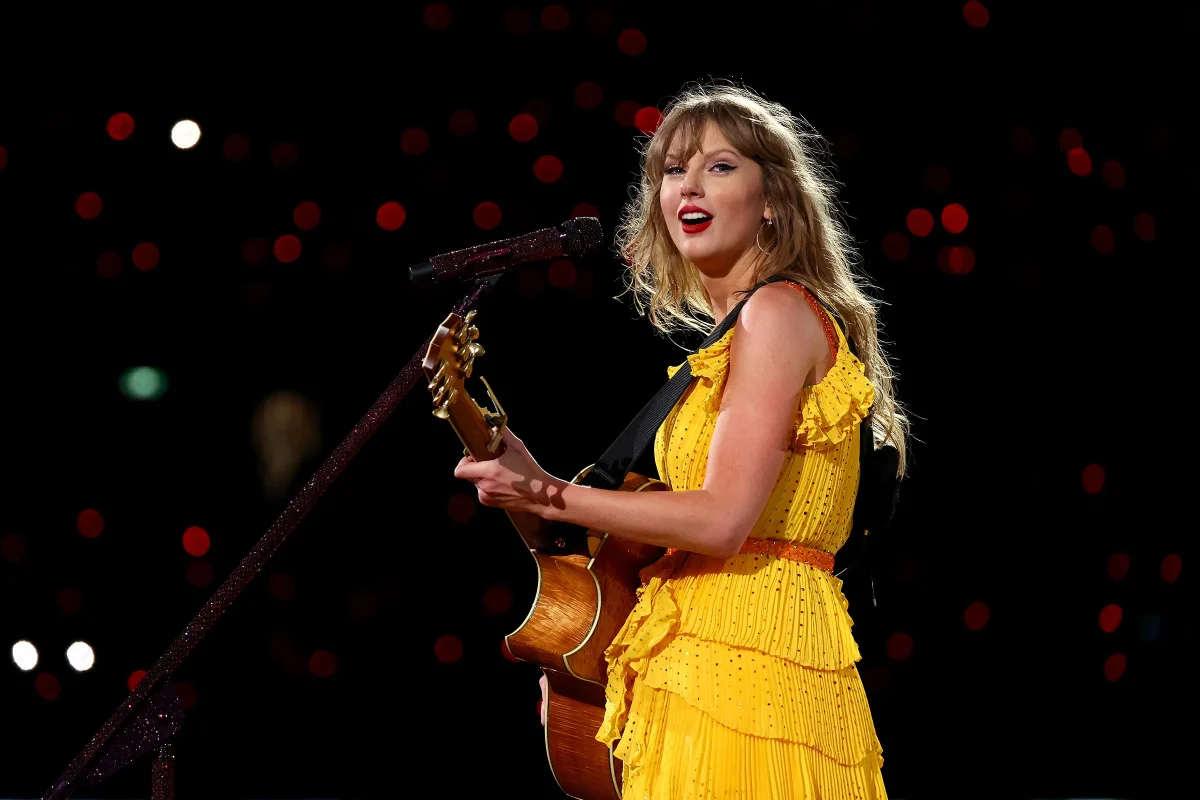
As Gen Z begins to look forward to their adulthood years, many have found that the reality awaiting them is far harder than previously expected. Much like any other generation, most of my generation have hopes, goals, and dreams for how they will live out their lives. However, unlike the generations before us, we stand in the midst of economic strife, unlike anything we have seen in modern times.
Most prominently, America is in a housing market that is worse than that of the Great Depression. In other words, it is actually harder to purchase and own a home now than in the worst economic period both nationally and globally. Throughout the Depression, the median annual pay came out to roughly 22 percent of the cost of buying a home. As of 2019, that percentage has fallen to just 14 percent. This means that our current housing rates sit just below being over twice as difficult to purchase a home than that of the greatest global economic crisis ever seen.
This isn’t the only issue eating away at young people’s future investments, though. This generation is looking at the results of long-standing stagnant wages coupled with recent years of soaring inflation. This combination eats away at practically every wealth-building opportunity that arises, and when college debt via student loans comes into the picture, chances of a debt-free lifestyle dwindle down significantly.
On the topic of student debt, the situation only worsens as within the past two decades, student loan debt has more than doubled. This puts the current debt up to $1.77 trillion. This gives the average student roughly $25,921 in student debt coming right out of college, and when coupled with previously mentioned issues, the debt only continues to grow with interest throughout the years, leaving the future of Gen Z with student loan debts following us until our early to mid-forties.
What many might begin to believe is that America as a whole is struggling to get by through this amalgamation of issues, but that simply isn’t the case. Since 1979, the lower 90% of American workers saw wage increases of just 15%, while the top 1% had wages swell to a whopping 138% on average. This becomes increasingly questionable when it is put forth that roughly 60% of all Americans are currently living paycheck-to-paycheck, including around 4 out of 10 high-income spenders.
The one good thing that has come out of recent economic times is that all of these issues are coming down, although ever so slightly. Many of these statistics are down by anywhere from 2-10% from the last points of measure.
However, this doesn’t mean that they will simply go away. Increased effort to curb these issues for the future generations of America needs to be set as a primary issue within the next few decades, and if we fail to do so, the US will only continue to see the vast majority of its citizens struggle to get by on the most simple of terms.












